11 Different Types of Workplace Harassment (Everything You Need to Know)
11 different types of workplace harassment that can help shed light on the dark side of the workplace environment.

Harassment in the workplace is just an unfortunate part of reality. It takes a multitude of forms, making the behaviors hard to pinpoint.
The problem is that there are so many different types of workplace harassment and each has its own interpretations. Even the most diligent HR professional could miss key indicators.
The federal government deems any form of harassment in the professional world unlawful. This is especially true if the harassment is so frequent or severe that the work environment becomes hostile. In turn, this can lead to poor employee morale and cause high turnover rates.
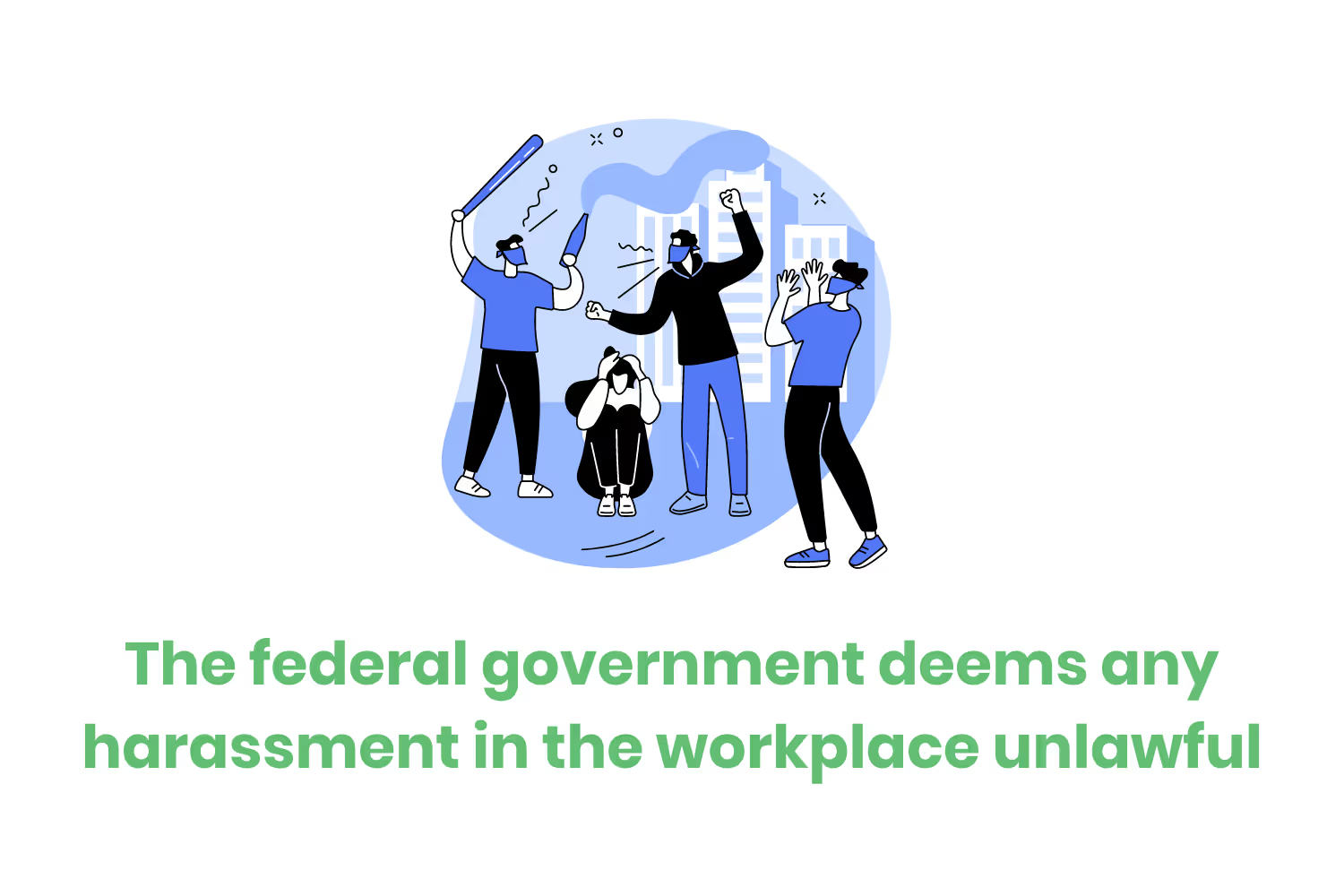
Employers that allow different types of workplace harassment to occur can face legal liability.
It’s important to understand how your coworkers could misinterpret your actions as hostility. With more understanding, you can be better prepared to intervene. You can help victims deal with their experiences, file harassment complaints, and implement the proper training.
Here are 11 different types of workplace harassment that can help shed light on the dark side of the workplace environment.
Discriminatory Harassment
Unlike other forms of harassment, discriminatory harassment is all about intentions instead of the means of occurrence. It shows some form of hostility towards someone belonging to a minority group. According to the U.S. Department of the Interior, discrimination is the differential treatment of an individual or group of people based on their…
- Race
- Color
- National origin
- Religion
- Sex
- Pregnancy status
- Gender identity
- Age
- Marital status
- Parental Status
- Disability
- Sexual orientation
- Genetic information
As you can probably tell, all of these categories involve protected minority groups under federal law.
This hostility doesn’t necessarily occur by someone belonging to the majority. Sometimes, a person belonging to a minority may discriminate in opposition to the way others treat them. They might also discriminate due to a coworker's experience with harassment.
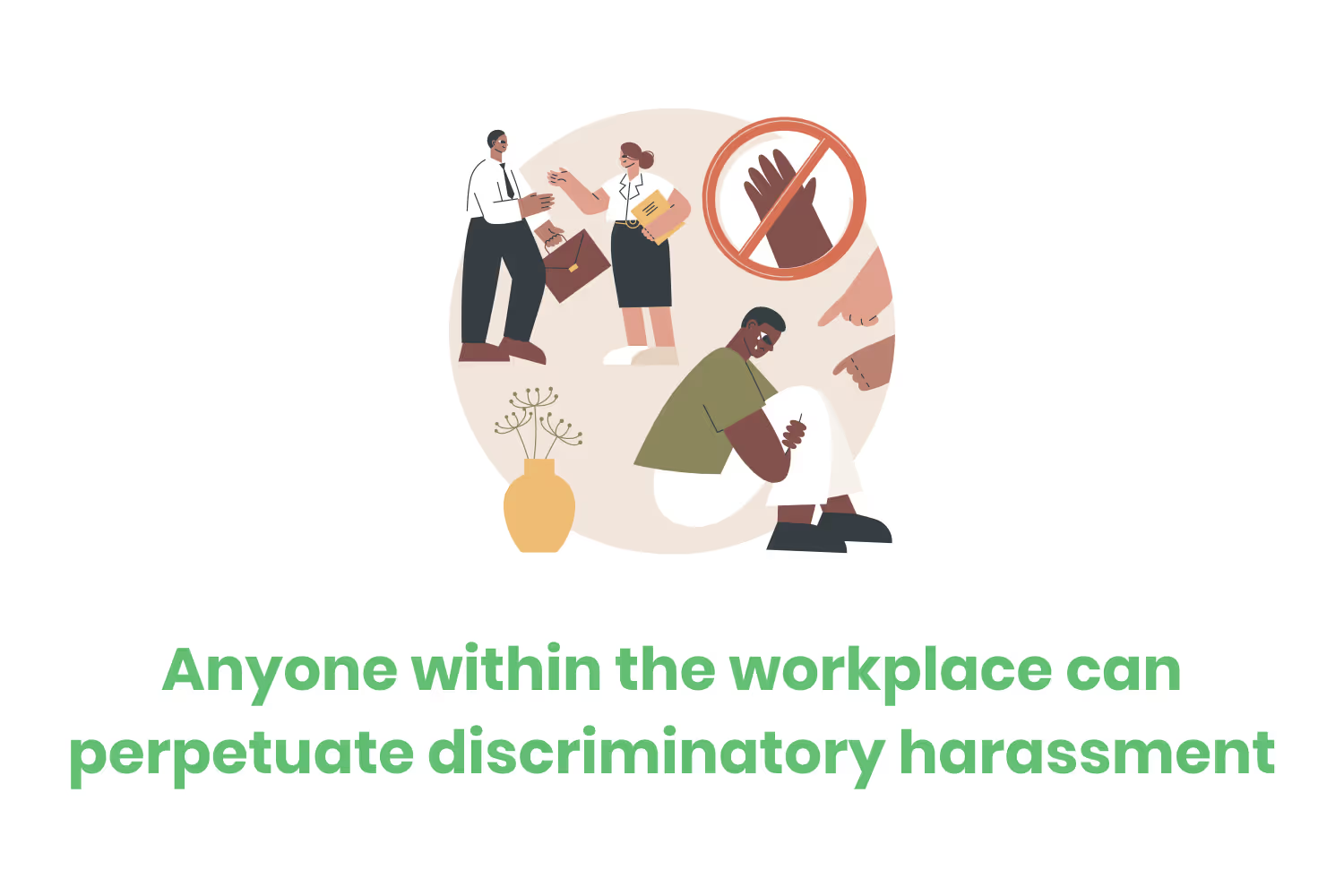
Anyone within the workplace can perpetuate discriminatory harassment. This includes supervisors, co-workers, employees in other departments, or even someone outside the company who has a business relationship with the department.
There are six main types of discriminatory harassment.
Racial Harassment
Discrimination on the basis of someone’s race, skin color, ancestry, country of origin, or citizenship falls under the umbrella of racial harassment. Perceived attributes, like teeth size, hair type, ear shape, or eye shape can also be the subject of racial harassment.

This type of harassment often looks like…
- Racist slang or slurs
- Racist phrases or insults
- Racist nicknames
- Taboo language
- Posters in the workplace with racist messages
- Jokes based on racial stereotypes
- Derogatory comments
- Clothing with racist messages
- Giving a look of disgust when a topic concerning race comes up
Gender Harassment
Discriminatory behavior towards a person because of their gender status is gender-based harassment. This is often based on a lack of understanding of the topic or a strong belief in gender “norms” and stereotypes about how people should act.
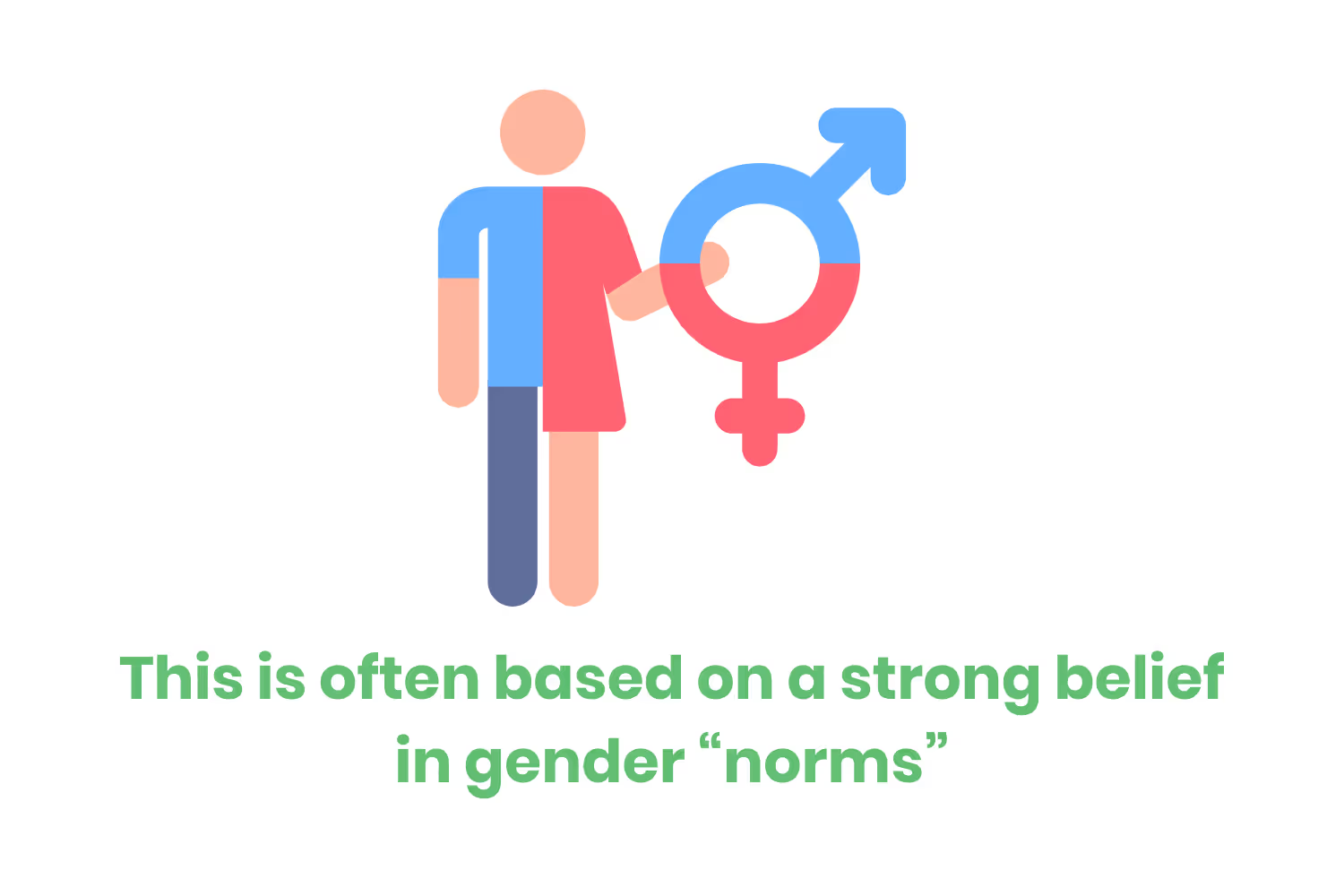
Some examples include…
- Gender-related slurs
- Gender-related nicknames
- Taboo language
- Offensive references
- Posters in the workplace showcasing gender bias
- Clothing with gender bias messages
- Disgust towards people who do not abide by the traditional gender norms
Religious Harassment
Religion is often interconnected with race because certain parts of the world tend to identify with a religion. For example, most of Europe follows some form of Christianity or Catholicism. Many people in North Africa practice Islam. Many people in South Asia practice Buddhism or Hinduism.

Religious harassment is different from racial harassment because it focuses specifically on religious beliefs. An individual who practices a different philosophy compared to the majority of people around them in the workplace may find themselves receiving this type of harassment.
Examples of religious intolerance include…
- Religious Jokes
- Stereotypes based on a religion
- Pressure to convert
- Exclusion from events due to religious practices
- Intolerance towards religious holidays, traditions, or customs
- Posters or media degrading a minority
- Comments on religious items, such as jewelry, clothing, head garments, etc.
Disability-Based Harassment
Disability discrimination was the most commonly reported type of discrimination in 2020.
People with disabilities often face judgment in public. In some cases, others stare and then quickly look away as if nothing happened. Or, kids will make faces of disgust and point you out to their parents or pals. Adversity becomes an everyday occurrence.
Unfortunately, the high rate of disability discrimination sometimes carries over into the workplace in the form of harassment.
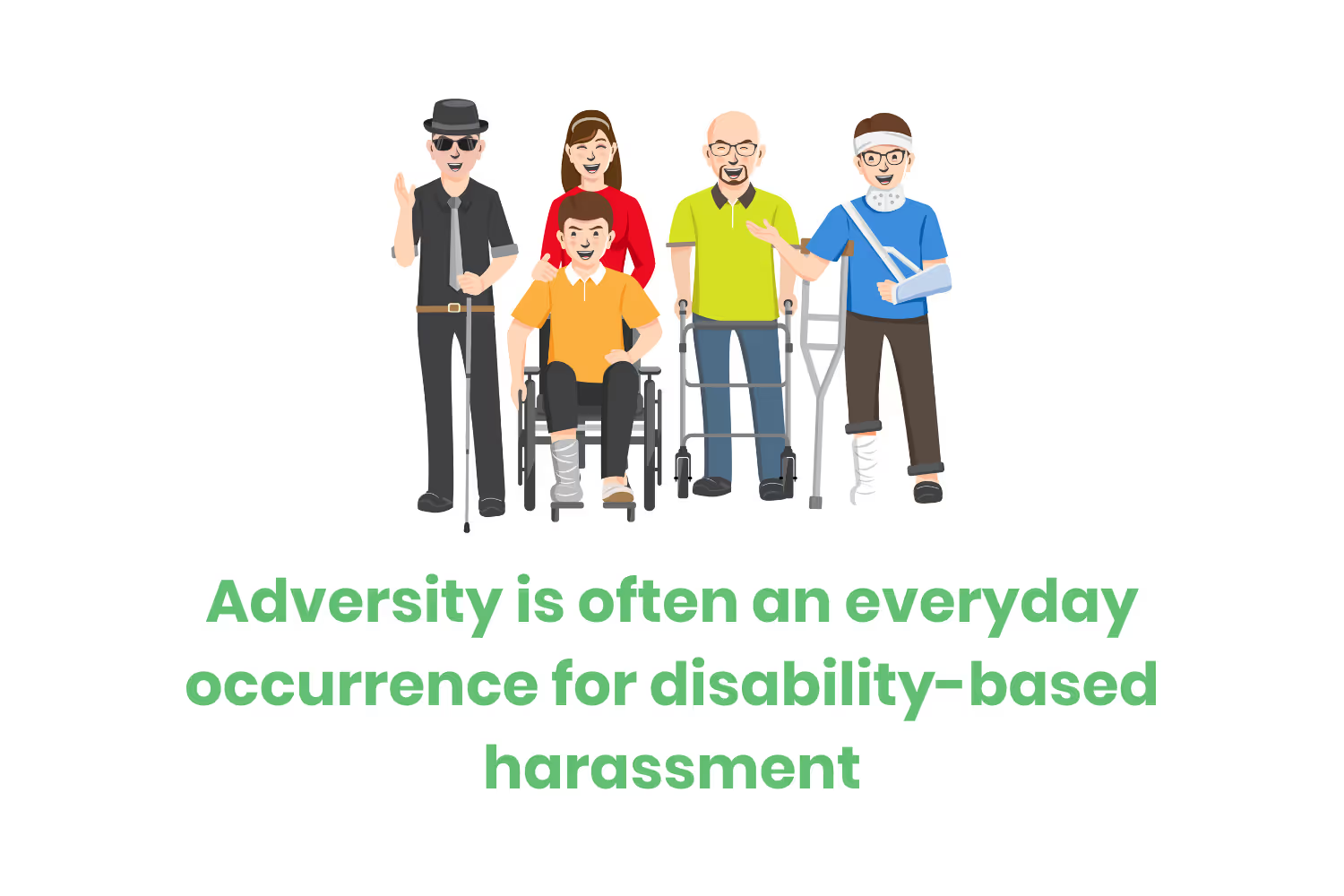
Disability-based harassment in the workplace can take several forms, including…
- Harmful teasing
- Patronizing comments
- Make sure the victim overhears a conversation littered with degrading comments
- Refusing to make reasonable accommodations
- Isolating the disabled person from meetings, lunch hour events, or after-work activities.
These inappropriate actions may be direct to the individual or completely behind their back, without the individual’s knowledge. Sometimes, the conversation containing derogatory remarks will be with a third party, where the disabled individual may intentionally or unintentionally be within earshot.
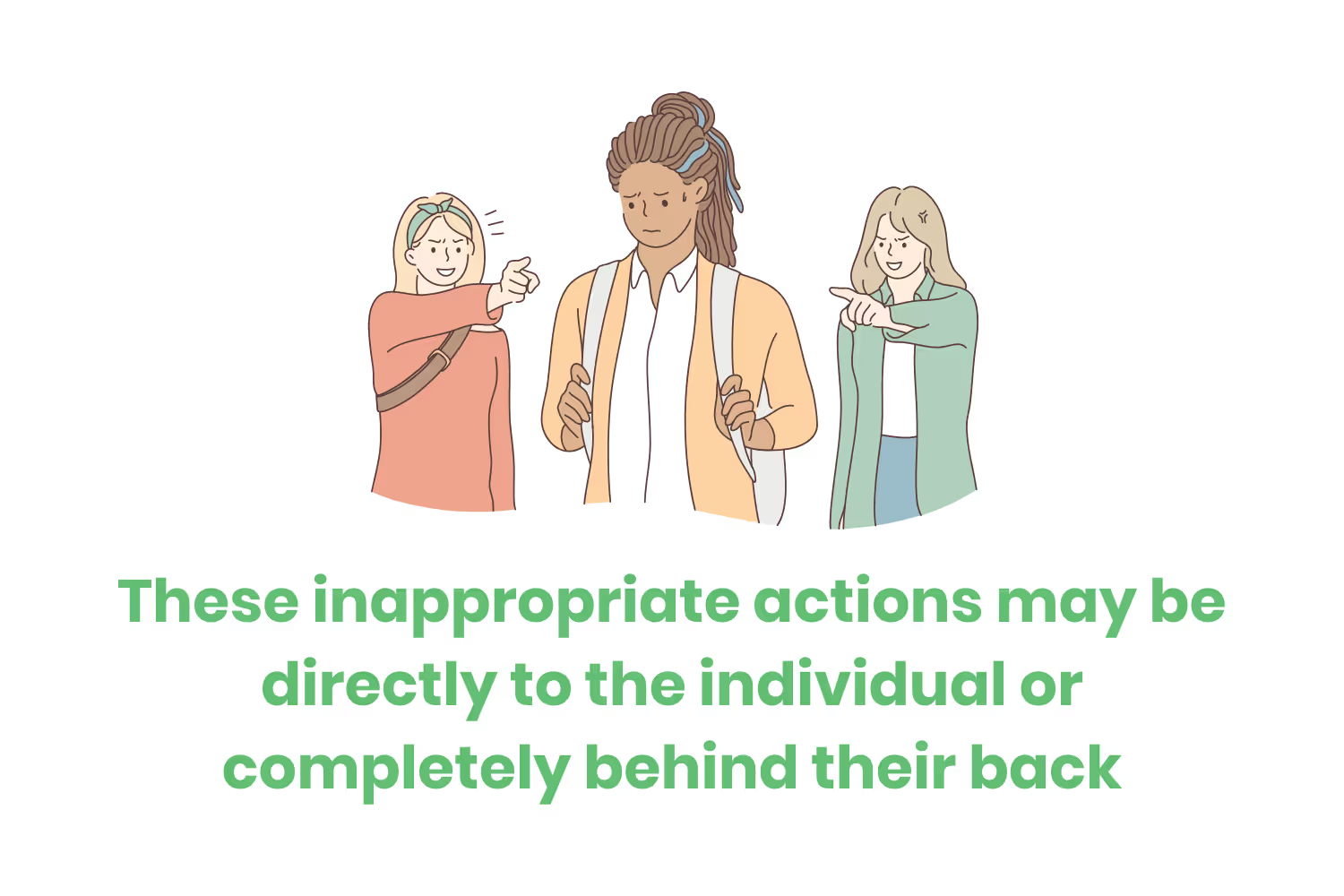
Needless to say, people can be ruthless when it comes to physical or psychological disabilities.
Sexual Orientation-Based Harassment
Sexual orientation is a topic that has recently gotten more attention in the media. This is a step in the right direction for the LGBTQ+ community since conversation intrinsically raises awareness.
However, sexual orientation-based harassment is also starting to gain traction. Since there’s more conversation about the LGBTQ+ community than ever before, there’s also more discussion about harassment on the topic. In fact, 10% of LGBT workers experienced discrimination at work in the last year.
The issue is starting to gain recognition as a legitimate type of workplace harassment.
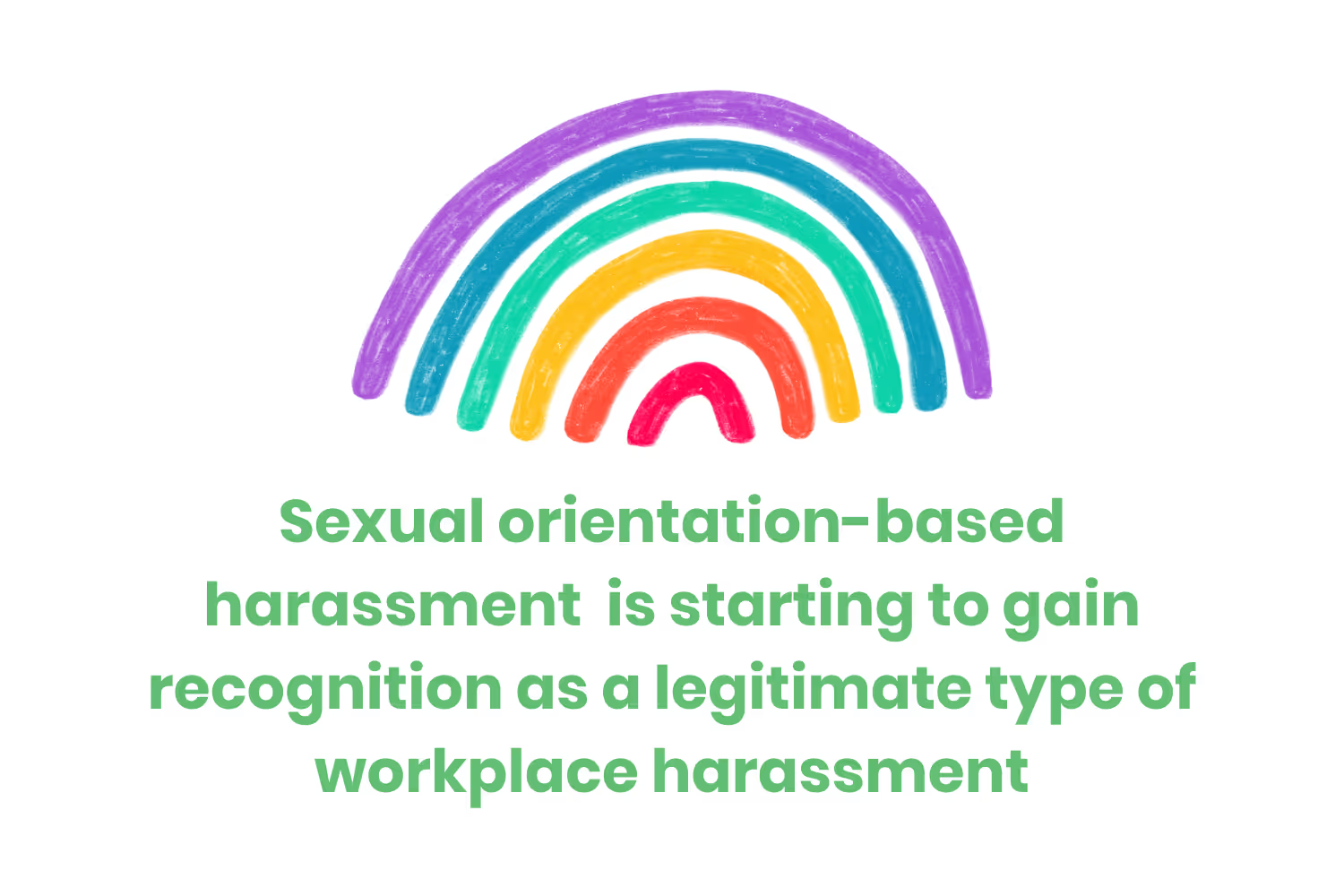
Victims of sexual orientation harassment face opposition because others view them as different from the majority of the workplace. The harassment may come in several forms, such as…
- Spreading lies about someone’s orientation
- Mocking someone about their preferences
- Revealing personal information about someone’s orientation
- Embarrassing someone because of their orientation
- Gossiping about sexual orientation
- Inappropriate questions about someone’s sexual orientation.
Age-Based Harassment
“Ageism” refers to biases against people based on their age. It often concerns generational differences on topics such as acceptable behavior, the usage of slang, and technological abilities.
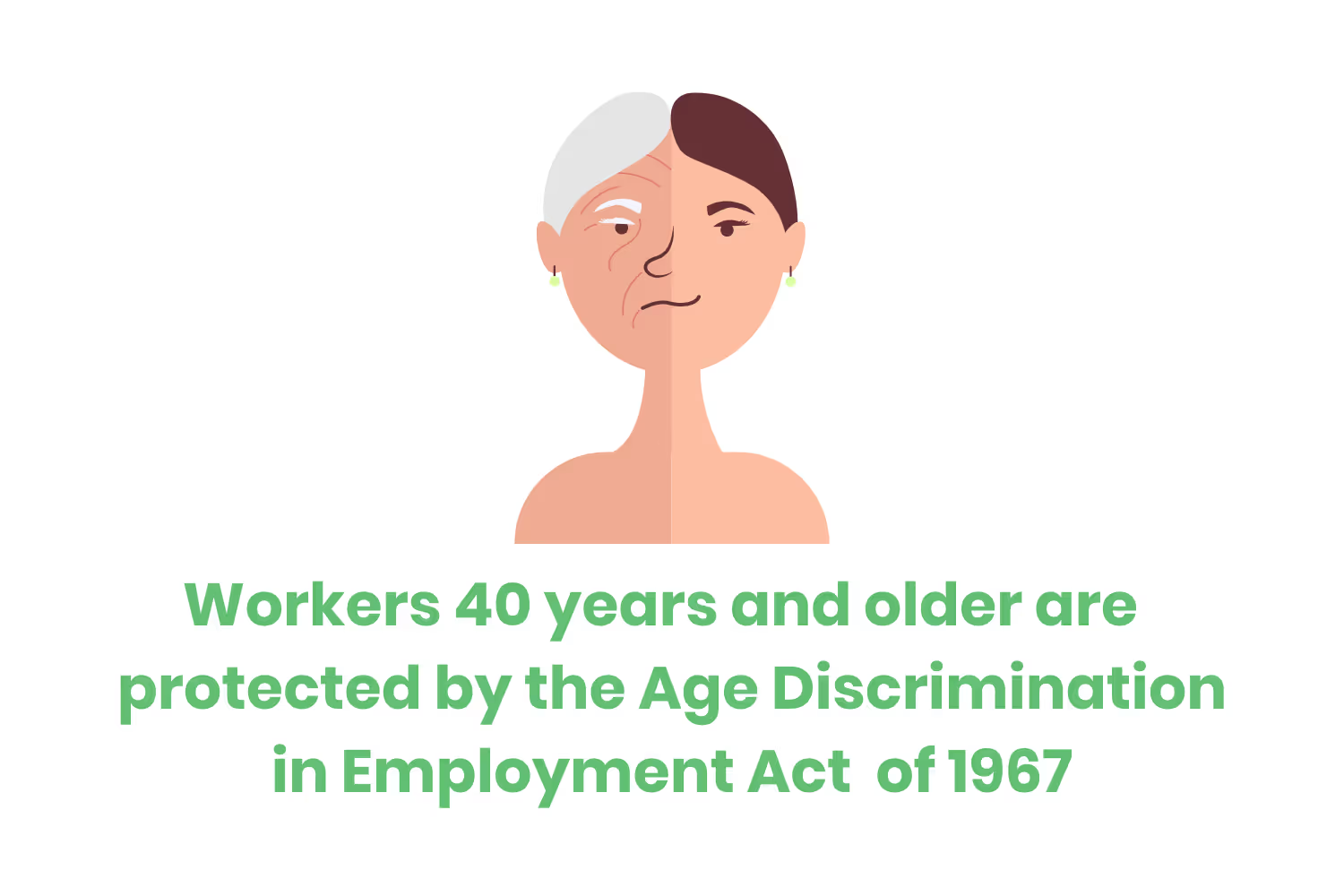
More specifically, workers 40 years and older are specifically protected by the Age Discrimination in Employment Act of 1967. This law was the federal government’s way of promoting the employment of older people and reducing age-based harassment.
A person enduring age-based harassment might face…
- Teasing
- Insults
- Purposeful exclusion of activities or meetings
- Unfair criticism
- Back-handed insults
- Derogatory remarks
Personal Harassment
Personal harassment is any treatment of a person or group of people deemed as abusive, unfair, or demeaning. Someone would do this to show the recipient that they are unwelcome or unwanted in the workplace.
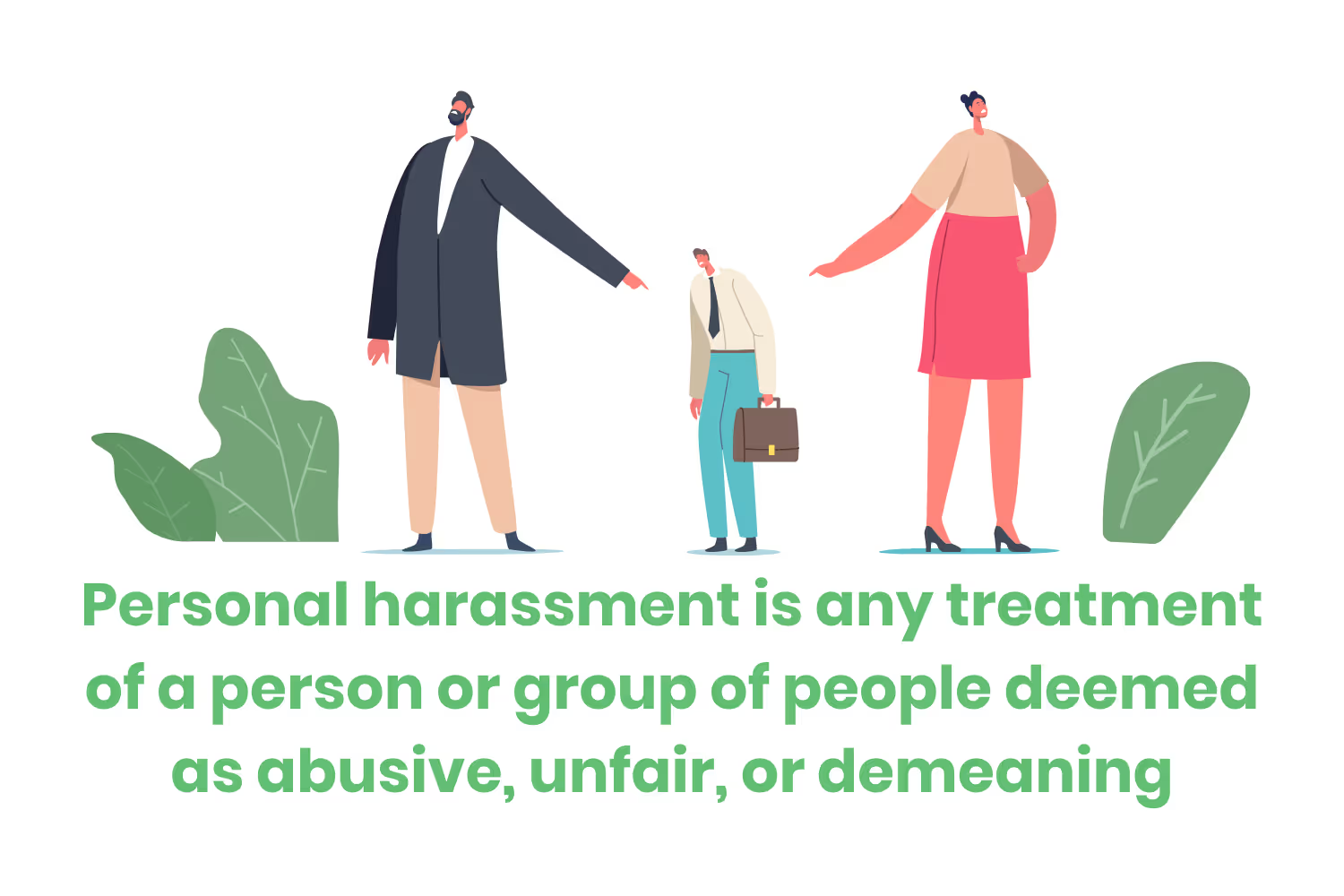
Personal harassment is when…
- The behavior abuses the power someone holds over another due to their employment relationship.
- A person misuses their authority associated with their employment within an organization.
- The behavior seriously threatens or intimidates a person.
- The situation significantly interferes with the victim’s employment or performance.
- The treatment creates an intimidating hostile or offensive work environment
Conduct deemed as personal harassment means the behavior is either repeated or persistent. The behavior can either be direct or indirect.
Sometimes, a single incident is severe enough to constitute personal harassment. This single incident can happen within or outside the workplace.
Physical Harassment
Physical harassment can come in many forms. It can be of a sexual nature, related to race, or related to national origin. In short, it is when someone touches another person in an inappropriate or unwanted way.
In general, physical harassment involves coercion, threats, or bullying that involves physical gestures or threats. The conduct that affects an employee's employment, interferes with their performance, or creates an offensive environment. The key when determining if someone’s actions constitute physical harassment is the relative effect of the perpetrator’s actions.
This can include a multitude of actions, including…
- Touching an employee’s hair, clothing, face, or skin
- Blocking someone’s path
- Purposely bumping into someone in the hallway, making someone feel uncomfortable
- Fake punches to the point of unease
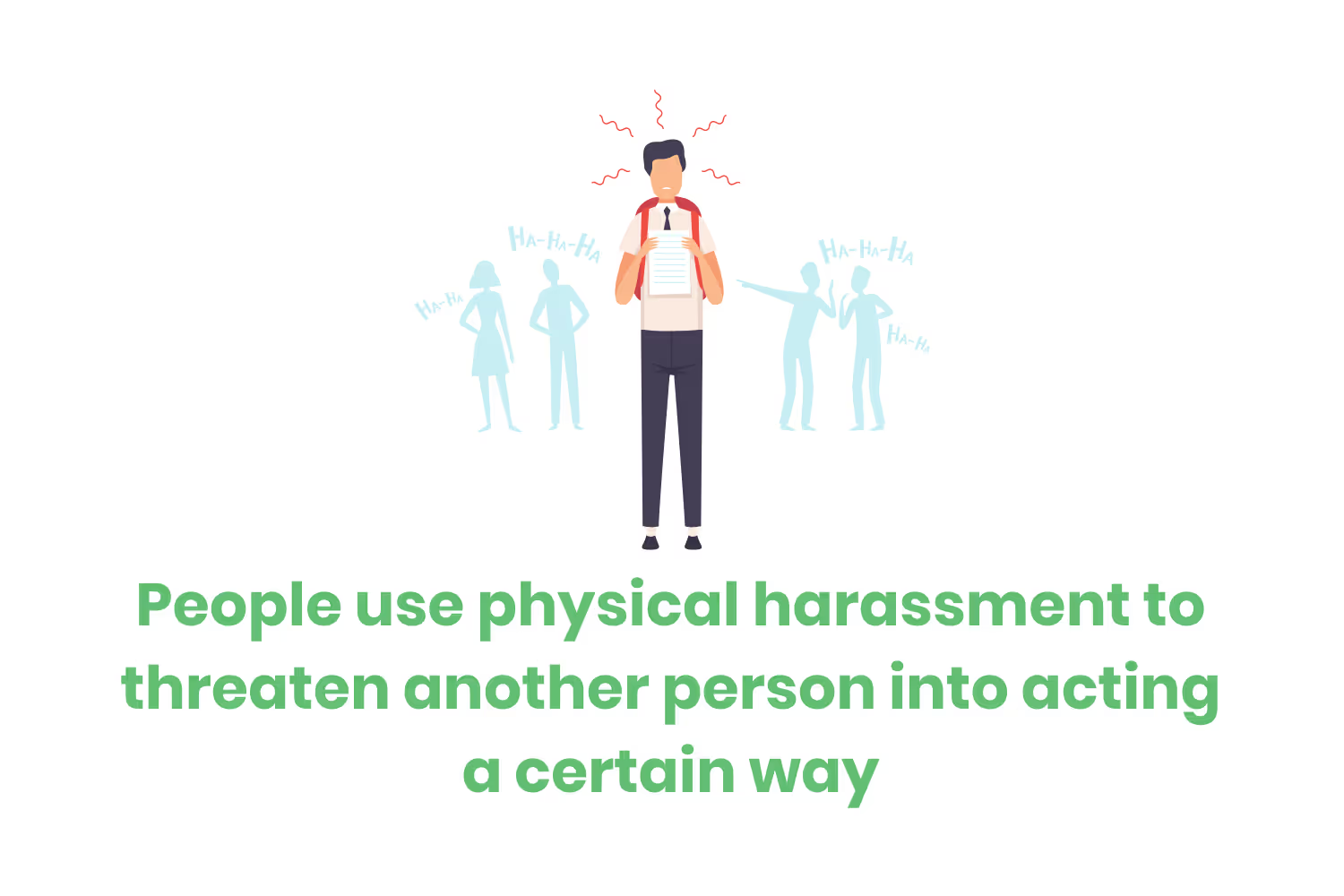
Whatever the form of intimidation, people use physical harassment to threaten another person into acting a certain way. This is in line with bullying, which can be a serious problem in the workplace.
Power Harassment
When someone in the workplace suffers from some sort of discrimination or abusive behavior from a superior, it’s power harassment. This type of harassment is behavior that goes beyond the acceptable employer-employee relationship. It’s much more damaging and disturbing.

In an ideal world, the workplace environment is welcoming for all. It’s a place where employees can blossom and make a positive impact on the people around them.
However, there are situations where employees receive treatment that oversteps acceptable boundaries between a boss and coworkers. Someone in a position of authority and power should not use their status to bully or discriminate against an employee. Sometimes, this does happen, and this behavior is harassment.
Power harassment can also fall into some other forms of harassment. For example, if your superior is the source of physical or discriminatory harassment, the situation would also fall into the realm of power harassment.

Same thing with sexual harassment. If a superior is the one perpetrating sexual innuendos and indecent behavior, the sexual harassment would also be power harassment.
Psychological Harassment
Law Insider provides the public with a few definitions of psychological harassment. In a nutshell, it’s any improper, repetitive, or systematic conduct over a period of time.
Psychological harassment is often also called emotional bullying or mental bullying. Whichever term you use, it includes…
- Unwarranted hostile behavior
- Physical behavior, often with a demeaning message
- Verbal threats
- Written language
- Intimidating actions
- Aggressive gestures
In reality, it’s an act that’s intentionally made to undermine the personality, dignity, or physical or psychological integrity of the victim.
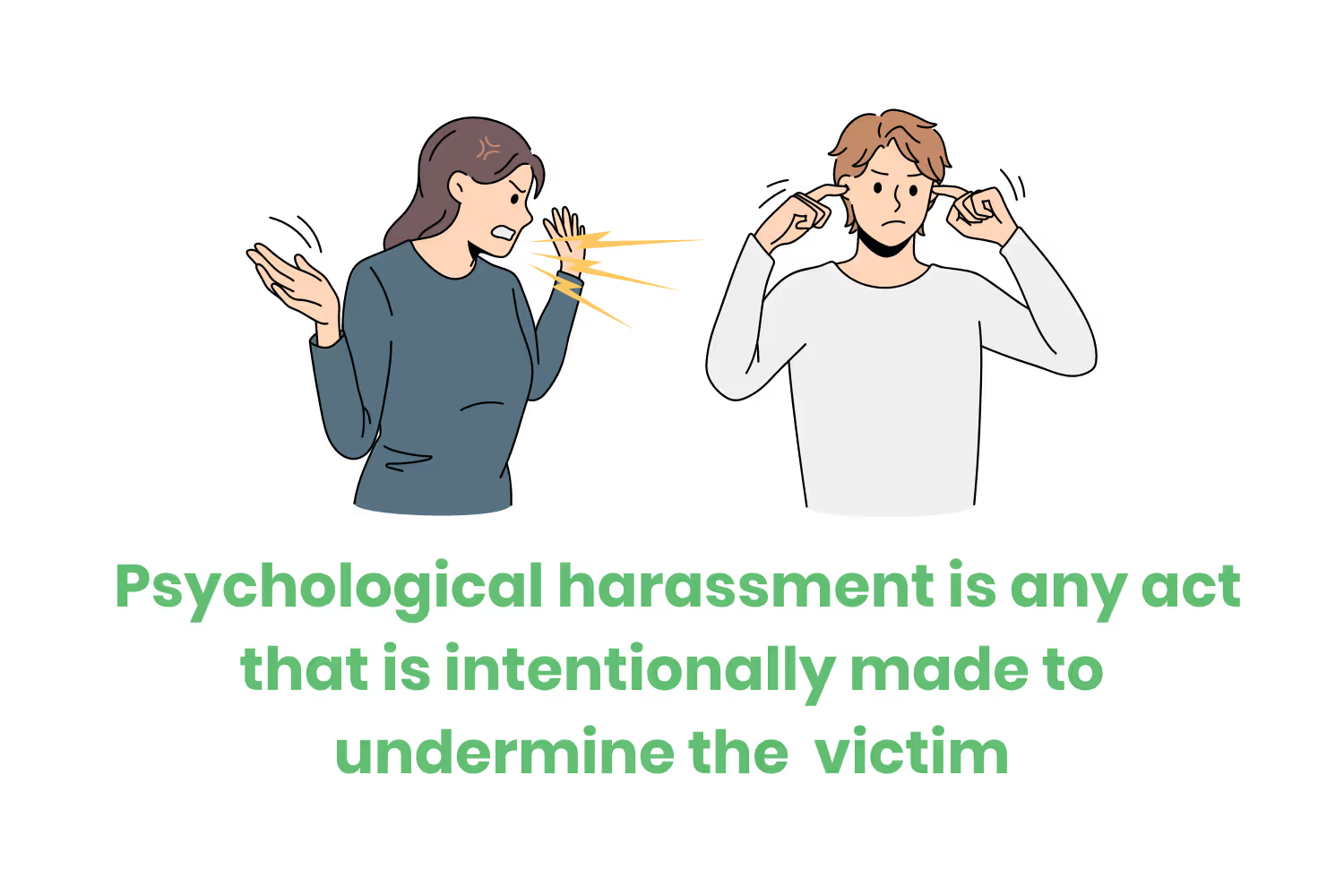
This type of harassment often leaves individuals feeling ashamed or fearful of the person instigating the harassment. Incidents have a tendency to leave victims with extensive emotional wounds which, in turn, can lead to intense stress and depression.
Online Harassment
Online harassment or online abuse is the pervasive or severe targeting of an individual or group online through harmful behavior.

In this definition, even a single incident of online abuse may be severe. A jury could determine that a single death threat or publishing a home address could constitute a severe case of online harassment.
One incident may not rise to the level of abuse. However, a multitude of incidents or a coordinated onslaught could be pervasive enough to become pervasive and therefore constitute online harassment.
Just to cover my bases, I’m also going to define what online means when talking about online harassment. Email, social media platforms, messaging apps, blogging platforms, and comment sections are all online means to commit digital harassment.
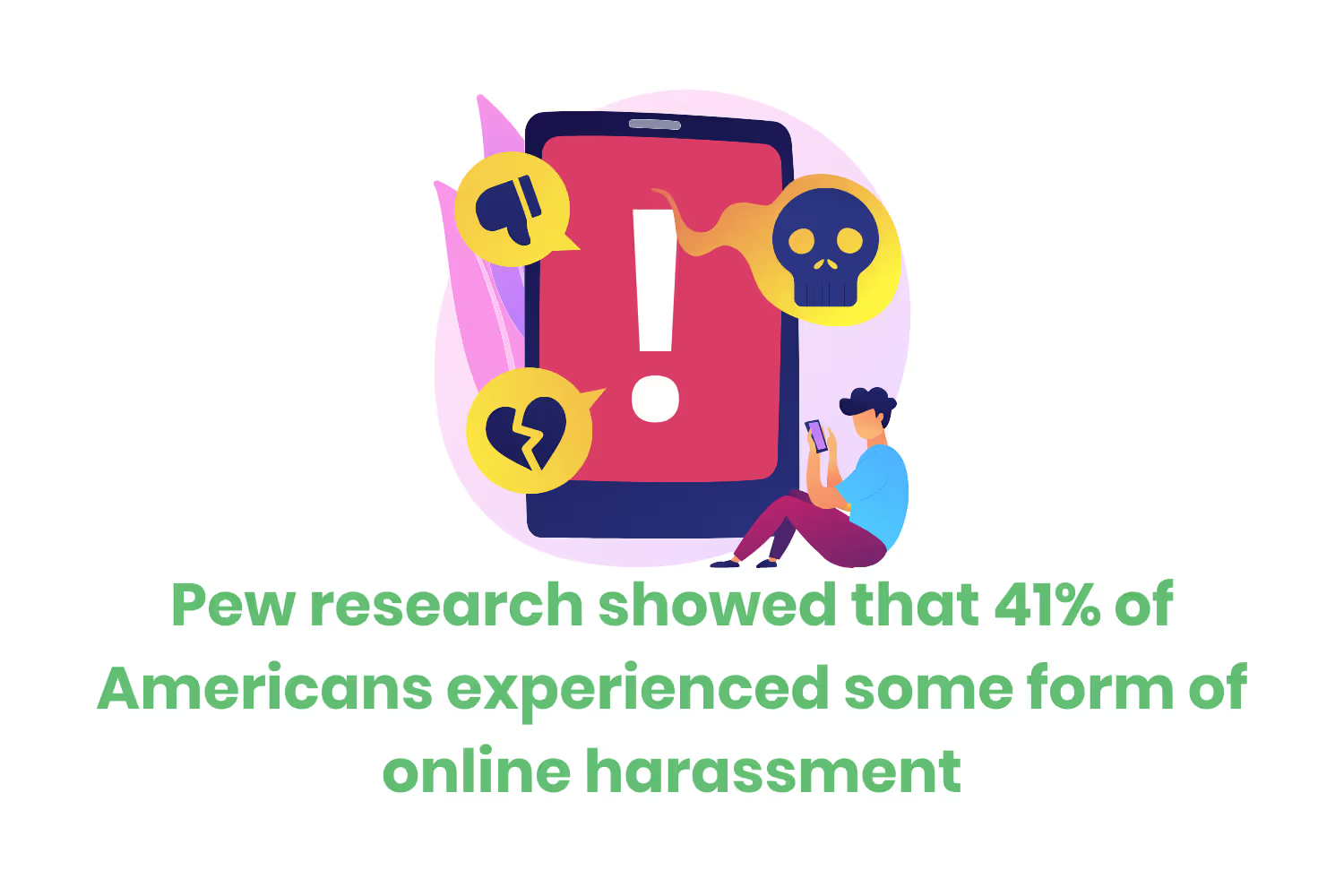
The Pew Research Center conducted an extensive study in 2020 analyzing the state of online harassment. They tracked a variety of forms of online harassment, including…
- Physical threats posted online
- Stalking online
- Sustained online harassment
- Digital sexual harassment
- Offensive name-calling
- Purposeful embarrassment
The research showed that 41% of Americans experienced some form of online harassment in at least one of the six ways described above. 28% of Americans experienced multiple behaviors listed above.
Retaliation Harassment
According to the U.S Equal Employment Opportunity (EEO) Commission, the government goes into detail about how job applicants and employees have the right to be free from discrimination and harassment. There are several protected activities, including…
- Becoming a witness in an EEO lawsuit, investigation, complaint, or charge.
- Communication with a superior at work about discrimination in the workplace, including harassment.
- Answering questions during an investigation conducted by an employer for an alleged harassment case.
- Refusing to follow orders that would result in a situation involving discrimination.
- Resisting sexual advances.
- Intervening to protect others from sexual harassment.
- Requesting accommodations for minority statuses, such as a disability or religious affiliation.
- Asking managers or co-workers about salary information to investigate discriminatory wages.
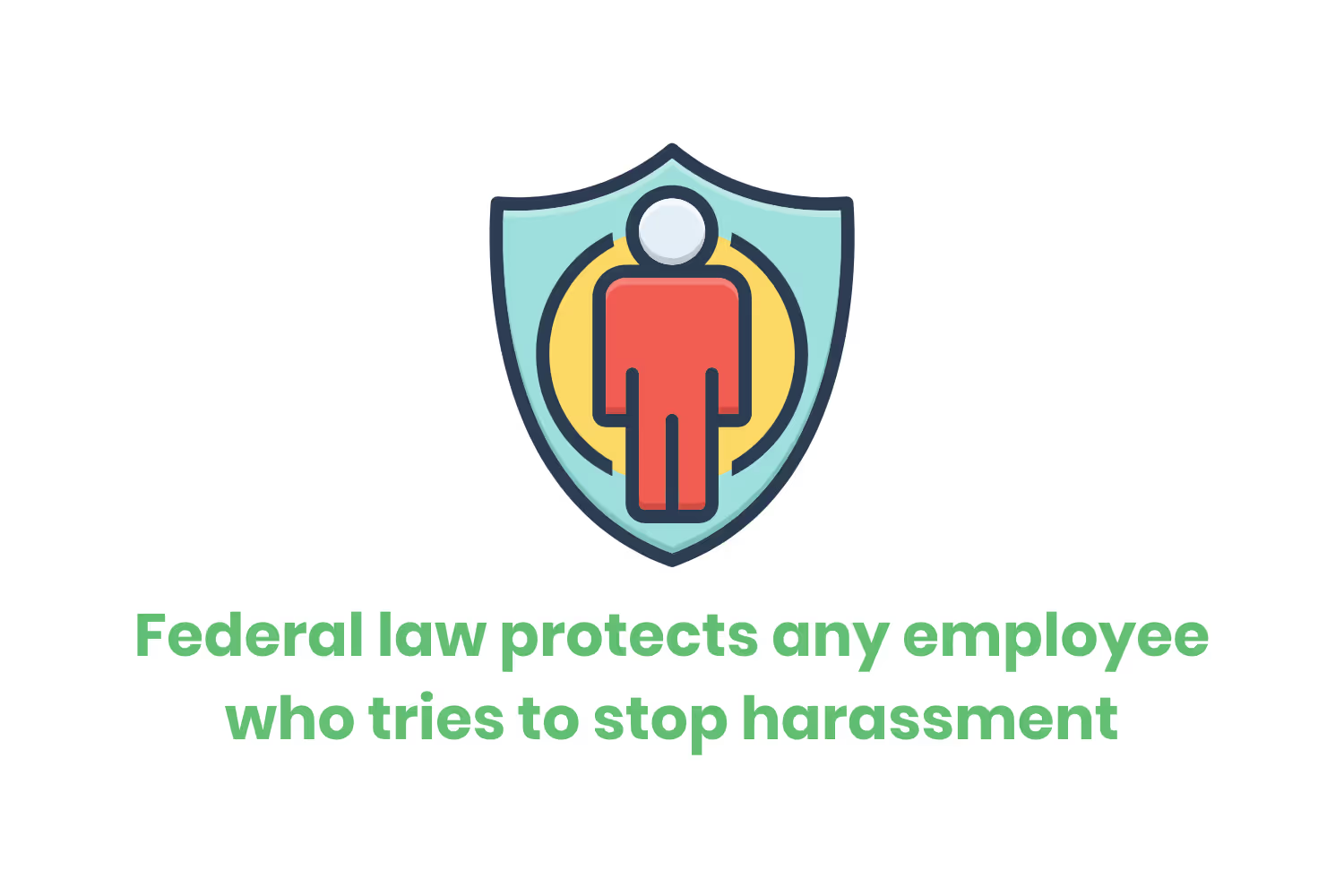
Federal law protects any employee in one of the situations listed above. However, some coworkers or supervisors may not take kindly to you sticking up for yourself, sticking up for others, or uncovering unfavorable decisions taken by a company.
That said, the law doesn’t shield employees from disciplinary action. Employers are free to discipline or terminate staff if the decision stems from non-retaliation and non-discriminatory reasons.
However, an employer may not take disciplinary action in response to one of the actions listed above. Similarly, an employer may not discourage someone from taking action against complaining about future discrimination.
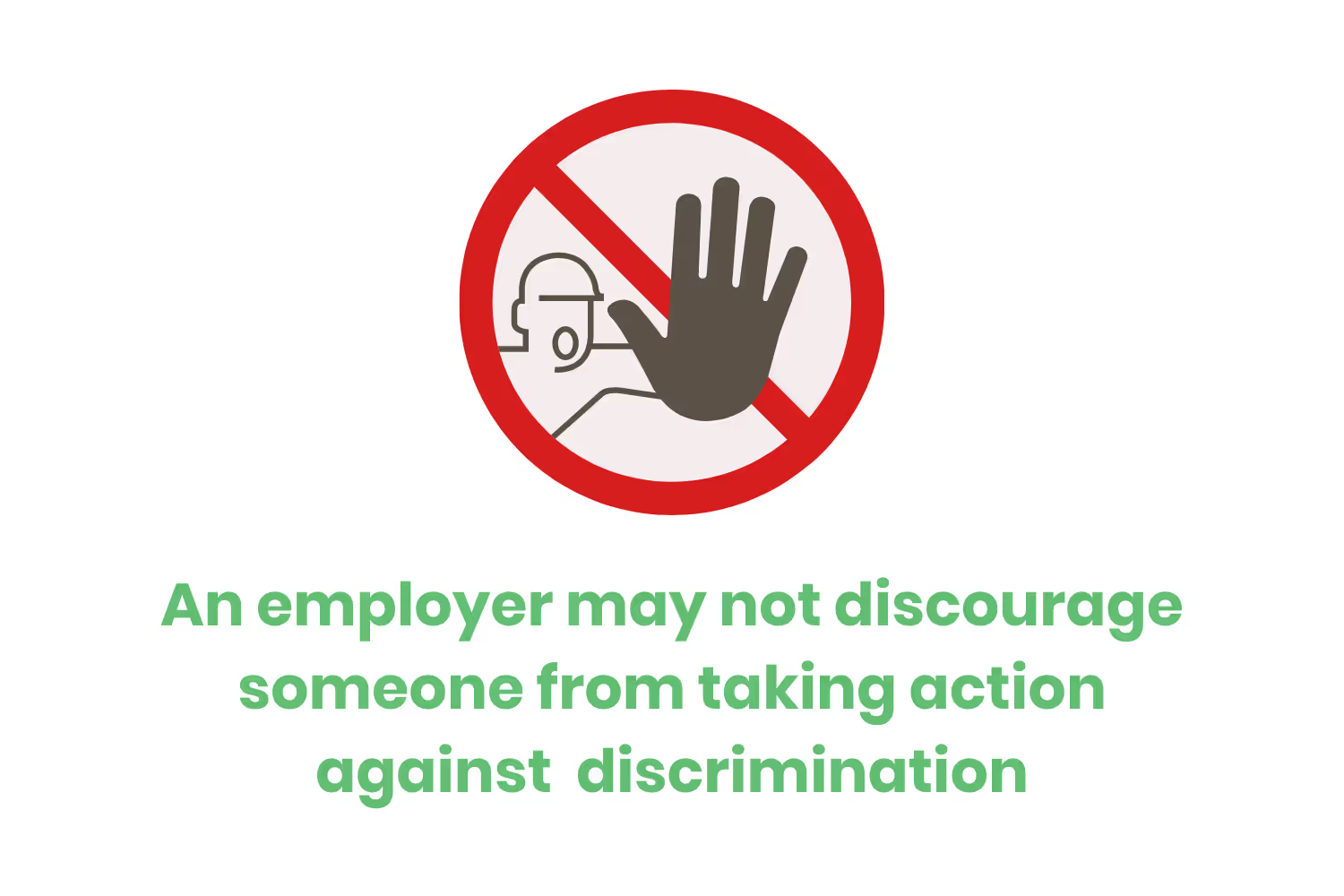
Retaliation actions taken by an employer could include…
- Reprimanding an employee.
- Giving a performance evaluation lower than it should be.
- Transferring the employee to a less desirable position.
- Engaging in verbal or physical abuse.
- Threatening to make reports to authorities, such as reporting immigration status or contacting the police.
- Actually making a report to authorities.
- Increased scrutiny.
- Spreading false rumors.
- Treating a family member negatively, such as canceling a contract with someone’s spouse.
- Making a person's life at the office more difficult.
Sexual Harassment
Discrimination based on “sex includes sexual orientation, gender identity, or pregnancy. According to the EEOC, sexual harassment is any unwelcome sexual advances, requests for sexual favors, and other verbal or physical harassment of a sexual nature.
81% of women experience sexual harassment or assault during their lifetime. At the same time, 43% of men experience sexual harassment.

Sexual harassment isn’t limited to inappropriate physical advances. It’s any unwelcome behavior that creates an uncomfortable or hostile situation. It can be either physical or verbal.
Sexual harassment can include…
- Unwelcome sexual advances
- Requests for sexual favors
- Verbal or physical harassment of a sexual nature
- Offensive remarks relating to a person’s sex.
Unfortunately, the majority of people experience sexual harassment through verbal comments and abuse. On the bright side, sexual assault is the least common form of sexual harassment reported by Stop Street Harassment.
Quid Pro Quo Harassment
Quid pro quo is a Latin term that translates to “something for something”. Based on this, you might be able to guess what quid pro quo harassment may involve

This type of harassment in the workplace involves an authority figure directly or indirectly demanding sexual favors in exchange for some benefit or to avoid some detriment in the workplace. The benefits could include a promotion or pay increase. A detriment could include termination or demotion.
As you can see, quid pro quo harassment is a specific type of sexual harassment. The superior force an employee into a corner and makes them believe that the only way out of the situation is to comply.
Third-Party Harassment
Third-party harassment is sexual harassment committed by someone who is not an employee or supervisor at a company. That’s why it’s also called vendor harassment or contractor harassment.

However, these aren’t the only two sources of third-party harassment. This form of crime is usually perpetrated by…
- Independent contractors
- Clients
- Vendors
- Delivery drivers
- Customers
- Employees of different companies
It’s true that employers have less control over these third parties compared to their own staff. Employers still have a duty to prevent this type of action, even though it’s not the actions of a coworker.

If a company does not take proper steps to prevent it or address the situation when they happen, employers can be liable. Immediate and appropriate corrective action depends on the situation.
It includes…
- Change the employee’s assignment to avoid dealing with a specific client.
- Move the employee’s workstations so they do not have to be the ones to receive deliveries.
- Assign other staff to a project as a means to support the harassed employee
- Telling a customer to stop their behavior to comply with the company’s anti-harassment policy.
- Ending a business relationship due to harassment.
If the employer could easily stop the harassment but did not take any remedial action, the courts may find the company liable. This only happens if the company knew or should have known of the harassment taking place.
Verbal Harassment
Verbal harassment is language directed at another person with the intention of causing harm. This is typically emotional or psychological damage. Certain comments, remarks, or conversations may make a coworker uncomfortable or feel insulted.
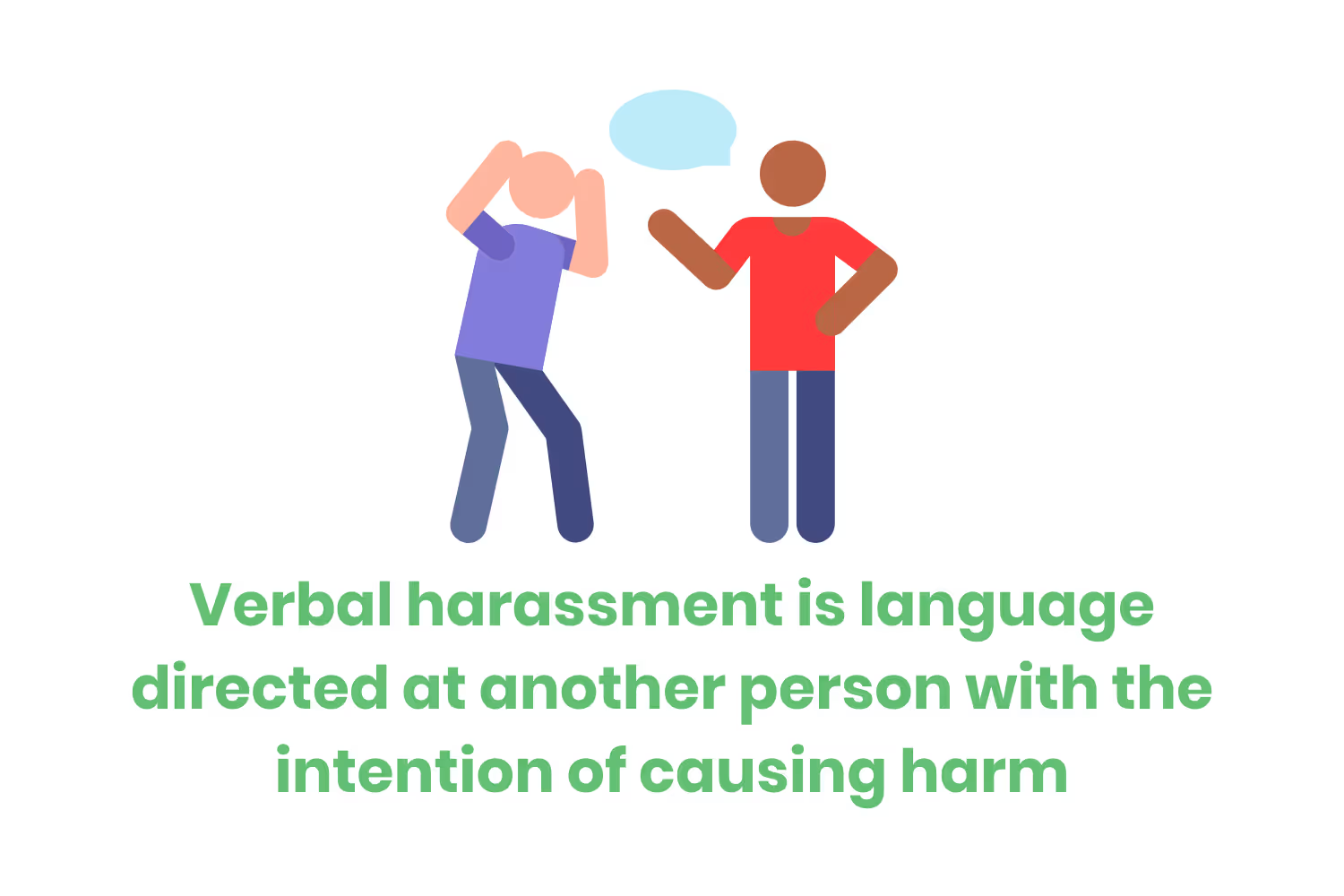
Although there are many types of ways someone may try to verbally harass another, ten common methods include…
- Inappropriate jokes
- Spreading lies
- Racial slurs
- Inappropriate sounds
- Mocking and revealing personal details
- Inappropriate questions
- Embarrassing someone in front of others
- Gossiping
- Threats
- Name-calling
There’s a slight problem, though. Many people don’t believe that their behavior is unacceptable or inappropriate. They don’t understand how it may qualify as harassment.
For example, a YouGov Poll conducted in 2014 found that 18% of people believe catcalling is sometimes appropriate. Another 2% of people believe it is always appropriate. For reference, the poll defined catcalling as a whistle, shout, or comment of a sexual nature to someone passing by.
To make matters worse, only 55% of respondents believed these catcalls were harassment. An astounding 20% believed the verbal harassment was actually a compliment.
With this said, most people generally agree that verbal harassment isn’t just using inappropriate language. It can also include other sounds, such as whistling or mimicking animal noises, as an intentional way to cause emotional harm.
Conclusion
As you can see, there are many different types of workplace harassment. There are over 11 different types and some have multiple subtypes.
Certain actions, words, and behaviors are illegal. If someone persists and causes hostility, their behaviors would definitely violate one of the following…
- Title VII of the Civil Rights Act of 1964
- Age Discrimination in Employment Act of 1967 (ADEA)
- Americans with Disabilities Act of 1990 (ADA)
These situations happen more frequently than we would expect. 35% of employees believe they’ve experienced harassment at some point in their life. 45% said that they witnessed harassment from a coworker to another coworker.
Understanding the different types of workplace harassment can prevent larger issues. After all, if a company allows harassment to take place, the situation can lead to lawsuits. Companies need to prevent harassment from happening.
This process starts with this blog where you learn what it is. Now you need to take steps to mitigate the situation.
Emphasize your product's unique features or benefits to differentiate it from competitors
In nec dictum adipiscing pharetra enim etiam scelerisque dolor purus ipsum egestas cursus vulputate arcu egestas ut eu sed mollis consectetur mattis pharetra curabitur et maecenas in mattis fames consectetur ipsum quis risus mauris aliquam ornare nisl purus at ipsum nulla accumsan consectetur vestibulum suspendisse aliquam condimentum scelerisque lacinia pellentesque vestibulum condimentum turpis ligula pharetra dictum sapien facilisis sapien at sagittis et cursus congue.
- Pharetra curabitur et maecenas in mattis fames consectetur ipsum quis risus.
- Justo urna nisi auctor consequat consectetur dolor lectus blandit.
- Eget egestas volutpat lacinia vestibulum vitae mattis hendrerit.
- Ornare elit odio tellus orci bibendum dictum id sem congue enim amet diam.
Incorporate statistics or specific numbers to highlight the effectiveness or popularity of your offering
Convallis pellentesque ullamcorper sapien sed tristique fermentum proin amet quam tincidunt feugiat vitae neque quisque odio ut pellentesque ac mauris eget lectus. Pretium arcu turpis lacus sapien sit at eu sapien duis magna nunc nibh nam non ut nibh ultrices ultrices elementum egestas enim nisl sed cursus pellentesque sit dignissim enim euismod sit et convallis sed pelis viverra quam at nisl sit pharetra enim nisl nec vestibulum posuere in volutpat sed blandit neque risus.

Use time-sensitive language to encourage immediate action, such as "Limited Time Offer
Feugiat vitae neque quisque odio ut pellentesque ac mauris eget lectus. Pretium arcu turpis lacus sapien sit at eu sapien duis magna nunc nibh nam non ut nibh ultrices ultrices elementum egestas enim nisl sed cursus pellentesque sit dignissim enim euismod sit et convallis sed pelis viverra quam at nisl sit pharetra enim nisl nec vestibulum posuere in volutpat sed blandit neque risus.
- Pharetra curabitur et maecenas in mattis fames consectetur ipsum quis risus.
- Justo urna nisi auctor consequat consectetur dolor lectus blandit.
- Eget egestas volutpat lacinia vestibulum vitae mattis hendrerit.
- Ornare elit odio tellus orci bibendum dictum id sem congue enim amet diam.
Address customer pain points directly by showing how your product solves their problems
Feugiat vitae neque quisque odio ut pellentesque ac mauris eget lectus. Pretium arcu turpis lacus sapien sit at eu sapien duis magna nunc nibh nam non ut nibh ultrices ultrices elementum egestas enim nisl sed cursus pellentesque sit dignissim enim euismod sit et convallis sed pelis viverra quam at nisl sit pharetra enim nisl nec vestibulum posuere in volutpat sed blandit neque risus.
Vel etiam vel amet aenean eget in habitasse nunc duis tellus sem turpis risus aliquam ac volutpat tellus eu faucibus ullamcorper.
Tailor titles to your ideal customer segment using phrases like "Designed for Busy Professionals
Sed pretium id nibh id sit felis vitae volutpat volutpat adipiscing at sodales neque lectus mi phasellus commodo at elit suspendisse ornare faucibus lectus purus viverra in nec aliquet commodo et sed sed nisi tempor mi pellentesque arcu viverra pretium duis enim vulputate dignissim etiam ultrices vitae neque urna proin nibh diam turpis augue lacus.




